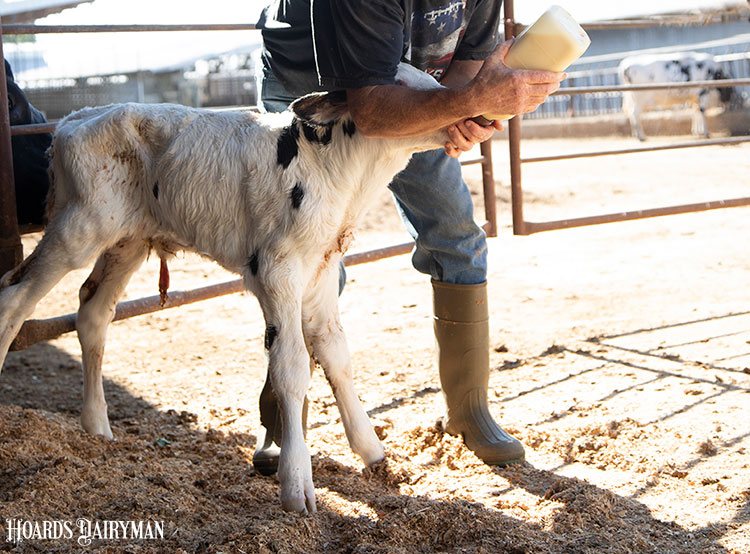
That first meal of colostrum can truly set the stage for calfhood and beyond. To ensure farms are capitalizing on this opportunity, consultant Bob James of Down Home Heifer Solutions shared his recommendations for optimizing colostrum management.
One priority area is dry cow nutrition. “It’s not rocket science, but we have to pay attention to it,” James said during the Dairy Calf and Heifer Association’s annual conference.
Then there is the calving environment. “That’s a big one I don’t negotiate at all,” said James, who is also a professor emeritus from Virginia Tech. “If it’s not right, we are going to have problems we have to deal with.” When the maternity area and calf housing don’t allow calf caretakers to do their job, the system can be doomed for failure.
If building a new facility, he recommended spending adequate time developing the maternity and newborn calf areas to get them right. “Spend the money,” he said. “That’s a huge thing for the future of the herd.”
Next, James emphasized the need to commit to sanitation. “Maintain a low standard plate count from the cow’s teat to the calf’s mouth,” he said. This cleanliness includes the colostrum itself, the tools used to store and feed it, and the people delivering it. “We have to keep things clean,” he asserted.
After colostrum collection, James said to either feed the colostrum or cool it as soon as possible to minimize microbial growth. The same goes for pasteurizing colostrum – it needs to be either fed right away or cooled immediately.
Whether or not colostrum should be pasteurized must be a decision made by each farm depending on herd size, facilities, and labor availability. If a closed herd has an excellent vaccination program, a phenomenal herd health program, and no presence of Johne’s disease, James said pasteurization may not be necessary. However, for most farms, pasteurization can help reduce the bacterial load. The key is that it must be done right; if pasteurizing is not done correctly, James said it might not be worth it. “You need to evaluate the cost benefit in your situation. It is going to be different for everyone,” James noted.
Lastly, James encouraged farmers to extend the benefits of colostrum beyond just one feeding. “Feed colostrum and transition milk to your youngest calves as long as possible. I want to capture the benefits of that,” he said.
Oftentimes, calf care protocols are designed to be easy for people to implement, but James said to focus on the calf instead. “What happens in the first 15 to 20 minutes is going to have a phenomenal bearing on the success of raising that calf,” he explained. “Consider economics, too, but put it into perspective. What we do in the first hours of life has a tremendous impact on health and later performance.”








